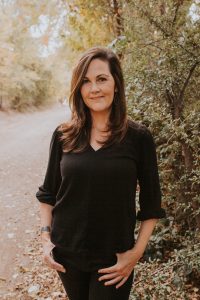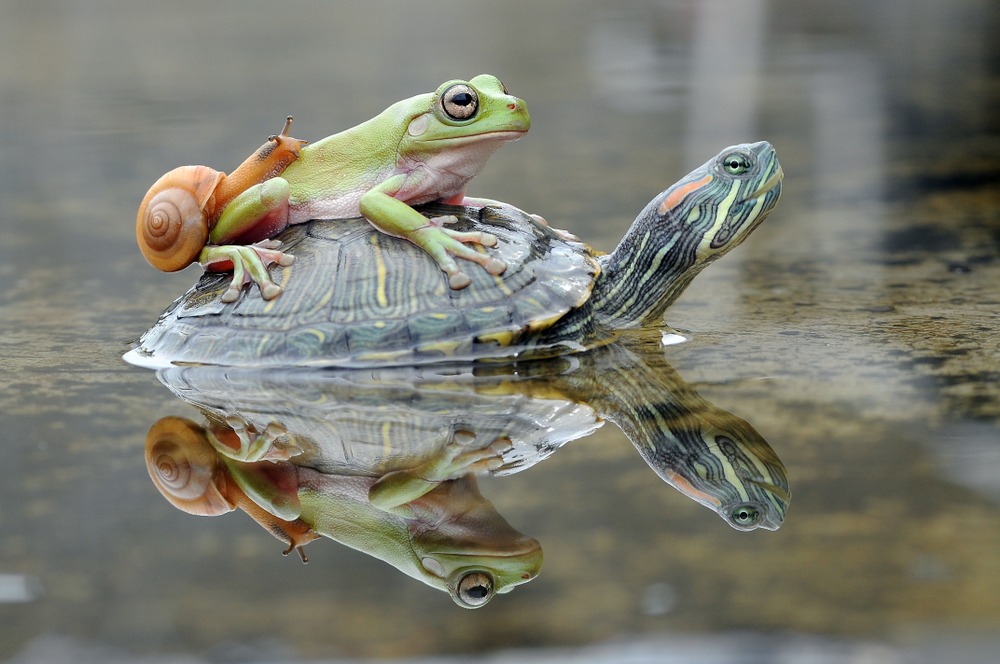“Hurting animals haunts me” is one of the toughest blogs I’ve ever written. I stalled for months on this topic. It was too painful and so huge!
Luckily, Elizabeth Harvey shared with me a beautiful story of how she mourned a horse who had been dumped in the desert. Her story allowed me to finally move forward. Feels like divine intervention.
Interview with Elizabeth
We talk about how to heal our heart pain when people hurt animals. This blog is a shortened version of our discussion.
Watch our interview at https://youtu.be/TcvIsoyjjRI
Elizabeth Harvey’s expertise
Elizabeth’s art and poetry focus on recognizing people, animals and land that have been abused or overlooked. This includes healing for both humans and the rest of the natural world.
Elizabeth works as a licensed mental health counselor, coach and consultant in New Mexico. Her additional training focuses on ecopsychology, human-animal interaction, narrative therapy, grief and trauma.
How hurting animals haunts me personally
During pre-med training in college, we had to cut open small animals (turtles and mice) to take out organs. Then we sewed them up.
We anaesthetized them, but I still felt their terror and pain. I still regret those actions.
And I remember the frogs we dissected in high school biology. It doesn’t seem like a big deal, everyone did it.
But I love listening to frogs in the springtime when they’re serenading each other. And then I think about how many frogs lost their lives for this endeavor.
Maybe you have some memories that haunt you.
Need some good news about unnecessary surgeries on animals?
Read “Doctors move away from using live animals for trauma surgery training.”
Elizabeth’s unmourned horse
On a walk in the desert, Elizabeth found the bones of a horse that had been dumped. She was so hurt for this horse that she created a way to honor that horse’s spirit, even after the fact.
I was blown away by her compassion and art.
Listen to Elizabeth and the horse’s story.
Ways to heal from the pain
Elizabeth shares a number of ways to begin to heal from the memories.
Ecopsychology– change your thinking
Ecopsychology marries ecology and psychology. It ties human wellbeing being with the wellbeing of the rest of the natural world.
In contrast, many schools of thought place humans above nature. They’re hierarchical. And they view humans as separate from nature.
Instead, ecopsychology helps us find our place among the animals, the landscape, the plants, everything that exists. We’re not dominating it, we’re part of it.
Seek a reciprocal relationship
Seek a reciprocal relationship with the rest of nature. We’re not just using and exploiting natural resources, we’re exploring relationships. The writer David Abram called it “the more than human world,” in an effort to counterbalance the way it’s been for so long.
“The rest of nature”
Use the phrase, “the rest of nature” instead of “nature.” It’s a beautiful mindset shift.
Consider lifestyle changes
Lifestyle changes that cause less harm to animals and the planet can help heal those of us who have tough memories of hurting animals.
Aspirational veganism
Elizabeth heard veganism described as “Aspirational” – something we aspire to achieve.
I found that idea “Inspirational” because it can be hard and overwhelming to change to a vegan lifestyle all at once. Or a vegetarian lifestyle, for that matter.
It doesn’t mean you don’t care or you don’t want to be better. These changes are a practice. We accept ourselves where we are. Then we make changes as we can do more.
Be a witness
Sometimes we just need to be a witness to their experience. This is especially true when we don’t know what else we can do. Witnessing someone’s (human or not) experience can be healing.
Also, allow the rest of nature to play the witness role for us. For instance, someone might find a beloved place in nature. They find an incredibly beautiful tree they’re drawn to. So when hard things happen, they go to that tree. What if the tree is bearing witness to their experience and providing healing?
Ask, “What do you need?”
The dominant theme in our society is about what we humans get out of it. That’s even prevalent when talking about therapies related to nature. Therapy animals, for instance – we focus on how animals can assist in human wellbeing.
Instead, when you’re with your animal companion or the rest of nature, ask, “What do you need or want?” versus, “What’s in it for me?”
Read “Braiding Sweetgrass”
“Braiding Sweetgrass: Indigenous Wisdom, Scientific Knowledge and the Teaching of Plants“, made Elizabeth aware of the healing possibilities of reciprocal relationship with nature.
Be open to surprising, mutual healing
Elizabeth’s young son and adopted dog both had terrible separation anxiety. She was amazed that they helped each other release their separation anxiety!
You’ve probably heard people say, “I didn’t rescue my dog – They rescued me!” That’s what’s possible in a relationship with the rest of nature.
Storytelling to heal the hurt
1 – Create a story
Ask yourself, “What happened here? Where did this start and where did we end up? And what happened with me? What happened with the other aspects of nature that were present?” Co-create a healing story.
2 – Express the story
Bring in a form of self-expression to capture what occurred, whether it’s writing, photography, painting or other forms of art. You don’t have to consider yourself an artist. Just try it.
Unexpectedly, poetry surfaced as Elizabeth’s way of trying to capture some of these experiences she had. And poetry became a tribute to the experience.
3 – Share the story
And the last step, which is of course optional, is to share the story. When other people can relate to our story, we become more interconnected.
Note from Maribeth: As I wrote this blog, I connected intuitively with the frogs, turtles and mice in my classes. I asked what they needed. They simply wanted their story told. That confirmed this blog is facilitating healing for them as well as myself.
Listen to our interview to hear more about
- Narrative Therapy
- Elizabeth’s son and dog’s healing journey
- Elizabeth’s story
- More information on the steps in co-creating a healing story with the rest of nature
- Elizabeth’s transformative healing after a meeting with a rattlesnake
- Elizabeth’s beautiful poem about the meeting with the rattlesnake
Read “5 Ways You Can Help End Animal Cruelty”
 Elizabeth Harvey’s art and poetry focuses on recognizing people, animals, and land that have been abused or overlooked as well as seeking more reciprocal relationships with nature to include healing for both humans and the rest of the natural world.
Elizabeth Harvey’s art and poetry focuses on recognizing people, animals, and land that have been abused or overlooked as well as seeking more reciprocal relationships with nature to include healing for both humans and the rest of the natural world.
Elizabeth works as a licensed mental health counselor, coach, and consultant in New Mexico.
She received a BA in Romance Languages from Washington and Lee University and an MA in Clinical Mental Health Counseling from New Mexico State University.
Her additional training has focused on ecopsychology, human-animal interaction, narrative therapy, grief, and trauma.
Elizabeth can be found here:
- @organizingforce (Instagram and Facebook)
- @echarveyMA (Twitter)
- www.organizingforce.us
- www.elizabethharveycounseling.com
I would love to hear your healing experiences with “the rest of nature”. This includes your own animals of course!

